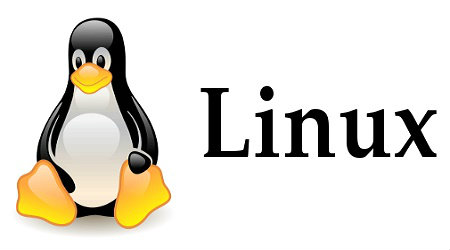The Power of Linux and Command Line Usage: A Comprehensive Guide
Linux The command line and terminal are among the most powerful tools available to computer users today. They offer unparalleled control over the system, allowing users to perform tasks more efficiently, automate repetitive processes, and manage the system with precision. In this guide, we will explore both basic and advanced command line usage in Linux, delve into the world of Bash scripting for automation, and highlight the importance of mastering these tools.

Why Use the Command Line?
The command line provides a level of control and flexibility that surpasses graphical user interfaces (GUIs). While GUIs are user-friendly and accessible, they can be limiting for advanced users who need to perform complex tasks quickly. The command line allows for direct interaction with the system, making it possible to perform a wide range of operations such as file manipulation, system monitoring, and network management with simple commands.
Furthermore, the command line is indispensable for scripting and automation. By writing scripts, users can automate repetitive tasks, schedule jobs, and create complex workflows that save time and reduce the likelihood of human error. This makes the command line an essential tool for system administrators, developers, and power users.
Getting Started with the Terminal
To begin using the terminal, you’ll need to open a terminal application. On Unix-based operating systems like Linux and macOS, a terminal application is typically included by default. Windows users can access similar functionality through tools like PowerShell or Git Bash. Once the terminal is open, you can start entering commands to interact with the system.
The command line follows a simple structure: users type a command, press Enter, and the system executes the command. For example, to list the contents of a directory, you can use the following command:
lsThis command will display a list of files and directories within the current working directory. Commands can be combined with options and arguments to modify their behavior. For instance, adding the -l option to the ls command provides a detailed listing:
ls -lThe command line is incredibly versatile, offering commands for nearly every aspect of system management. Common tasks include navigating the file system (cd), viewing file contents (cat, less), copying and moving files (cp, mv), and managing processes (ps, kill).
Advanced Command Line Usage
Beyond basic commands, the Linux command line offers advanced functionalities that allow users to perform complex operations with ease. One of the key features is piping, which allows the output of one command to be used as the input for another. This can be incredibly powerful when combining multiple commands to create more efficient workflows.
For example, you can use the following command to list all running processes and filter the results to show only those related to a specific application:
ps aux | grep application_nameAnother powerful tool is the ability to chain commands together using logical operators. For instance, the following command will create a new directory and immediately navigate into it, only if the directory creation was successful:
mkdir new_directory && cd new_directoryIntroduction to Bash Scripting
Bash scripting allows users to automate repetitive tasks by writing scripts that can be executed with a single command. Bash scripts are text files containing a series of commands that are executed sequentially by the Bash shell.
To create a Bash script, you can use a text editor to write your commands, then save the file with a .sh extension. For example, a simple script to back up a directory could look like this:
#!/bin/bash
# Backup script
tar -czf backup.tar.gz /path/to/directoryAfter creating the script, you must make it executable using the following command:
chmod +x script_name.shYou can then execute the script by running:
./script_name.shBash scripting opens up a world of possibilities for automation, from simple backup tasks to complex deployment scripts. Learning the basics of scripting can greatly enhance your productivity and streamline your workflow.
The Importance of Mastering the Command Line
The command line is an indispensable tool for anyone working with Linux systems. It provides access to powerful functionalities that are not available through graphical interfaces, allowing for more efficient system management, troubleshooting, and automation. By mastering the command line, users can perform tasks more quickly and with greater precision, making them more effective in their roles.
Moreover, understanding the command line is essential for automating tasks and improving productivity. Whether you’re a system administrator managing multiple servers or a developer working on complex projects, the command line offers the tools you need to work more efficiently.
Conclusion
The terminal and command line are among the most powerful tools available to computer users today. By learning the basic and advanced commands, and exploring the world of Bash scripting, you can unlock the full potential of your Linux system. Whether you’re automating repetitive tasks or managing complex systems, mastering the command line will enable you to work more efficiently and effectively.
For those looking to delve deeper, the command line offers endless opportunities for learning and growth, making it an essential skill for anyone working in the world of technology.




